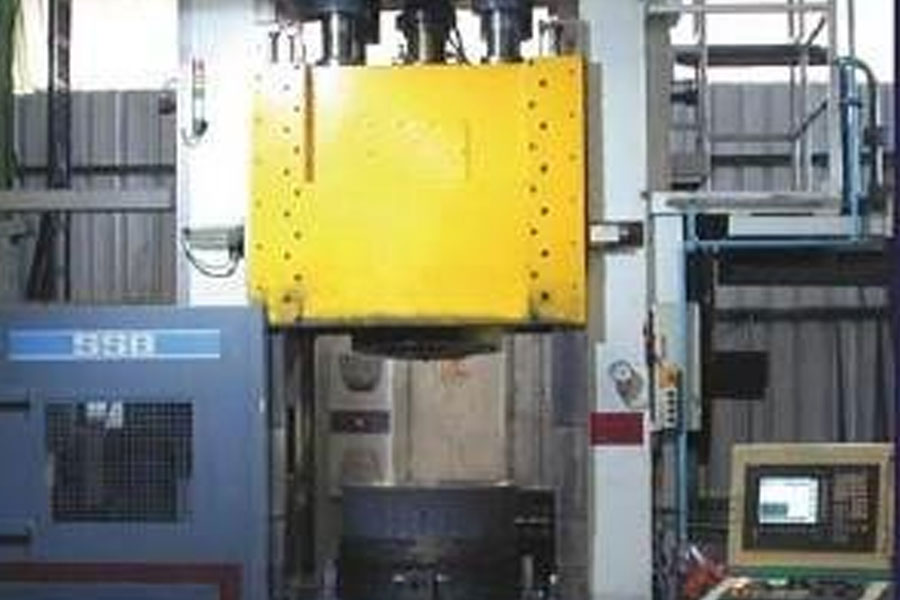With the innovation of my country’s mold manufacturing and processing technology, some of the weaknesses of traditional processing centers have gradually emerged, making it difficult to meet the needs of modern processing and production. In order to solve this problem, the five-axis machining center is created on the basis of traditional machining, and it is currently popular in many fields. So, what are the reasons for the popularity of five-axis machining centers?
1. Short processing time
The five-axis machining center uses a flat-bottom milling cutter to process complex molds, and the surface can be maintained in a vertical state, which can shorten the processing period for device processing. In view of the core principle of the five-axis machining center, it is also suitable for milling the angular appearance, which can solve the rib-like textured surface caused by the ball end milling, making the appearance of the mold more quality, and reducing the The increased manpower and material resources needed to liquidate the appearance of the mold save the investment cost of processing.
2. Low error
The quality of the five-axis machining center is good, and the positioning of the workpiece at a complex angle requires repeated debugging and clamping. This problem is not only time-consuming, but also requires prone to processing errors during multiple debugging, and the use of five-axis machining technology can make this problem solved. Moreover, the large cost of tooling and fixtures required for the placement of the workpiece can also be frugal, and the machine tool can also process complex parts with high precision. For example, the drilling, taper processing, and cavity recesses required for the appearance of complex devices are very suitable for the use of five-axis processing technology.
3. High processing quality
The five-axis machining center has a good service reputation, and the machining design services are excellent. The tools used in the five-axis machining center are shorter, and all parts can be processed at one time. There is no need to install the card again or use the longer tools required by the common three-axis machining core. The creation of the mold was completed within the time, and the quality of the parts’ appearance was also a product.
All in all, when applying a five-axis machining center to mold processing, for the workpiece, the cutting condition of the tool is maintained. In some processing plants, the five-axis machining center can also use large-size tools to avoid undesirable interference between each other. This kind of tool has better rigidity, and machining accuracy and efficiency can be popularized.
